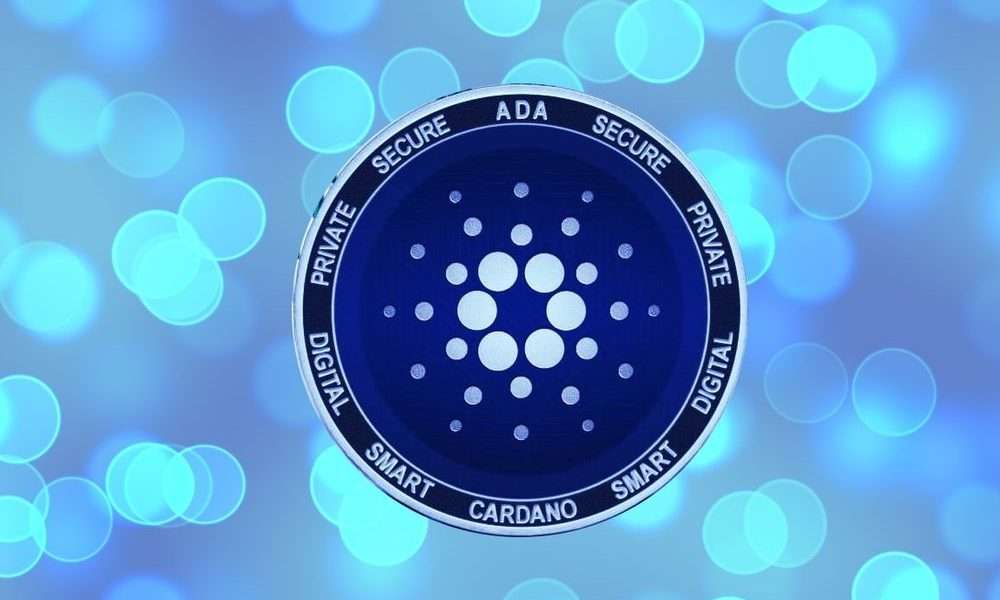The Cardano network is considered the greenest blockchain by many industry players for a handful of reasons.
Cardano maintains that the network’s selling point can be narrowed down to two factors; its staking mechanism and energy consumption levels.
Cardano has been dubbed by many key players and leading publications as the greenest blockchain for multiple reasons. As the world begins to gravitate towards a greener path, Cardano is making waves for pioneering sustainability in the blockchain ecosystem.
As IOG noted in a recent Twitter thread, Cardano’s staking mechanism and energy consumption levels are two of the main benefits that the Cardano network offers the industry.
A large number of blockchain networks run on the Proof of Work consensus mechanism, Cardano and a handful of other blockchains run on the Proof of Stake mechanism. The PoS mechanism is an alternative to PoW that is considered to be way more sustainable.
In Proof of Work, mining protocols require powerful and expensive hardware, which is energy-intensive. The hardware is then utilized to produce blocks on the blockchain network. On the other hand, a Cardano node can rely on a low-powered processor like Raspberry Pi to run.
Proof-of-work cryptos need computer power to produce blocks in a pointless, energy-intensive arms race. A Cardano node, in contrast, can be run on a very low-powered processor, such as a Raspberry Pi. More than 40 million of these have been produced, many for schools in developing countries because they cost just $40-$70. This simplicity also reduces plastic and e-waste.
It is worth noting that in previous times, the environmental impact of PoW mining has been critiqued repeatedly, as mining algorithms require a lot of energy. This would later result in the shutting down of a mining hub based in Mongolia back in 2021. In a bid to avoid creating an even more toxic environment, Cardano is committed to taking a more sustainable path.
Bitcoin is still not as sustainable as the Cardano blockchain
While the Bitcoin blockchain currently emits high amounts of e-waste, Cardano is estimated to use less than 1 percent of Bitcoin’s overall energy. Cardano explains in a blog post;
No spam, no lies, only insights. You can unsubscribe at any time.
In proof of stake, network participants run nodes, and the chain selects a node to add the next block, based on the node’s stake and other parameters. So the main difference between these two algorithms (and therefore, in their energy requirements) is that in proof of stake, block producers do not need to spend excessive amounts of time and computer power to solve random puzzles.
According to Charles Hoskinson, the founder of the Cardano network, Cardano only uses an estimated 0.1 percent of Bitcoin’s energy. Cardano considers itself a decentralized platform that has the capacity to replace the older inefficient systems. Cardano and other Proof-of-stake protocols are a huge part of the solution required to fix the existing environmental problems.
Crypto News Flash does not endorse and is not responsible for or liable for any content, accuracy, quality, advertising, products, or other materials on this page. Readers should do their own research before taking any actions related to cryptocurrencies. Crypto News Flash is not responsible, directly or indirectly, for any damage or loss caused or alleged to be caused by or in connection with the use of or reliance on any content, goods, or services mentioned.





